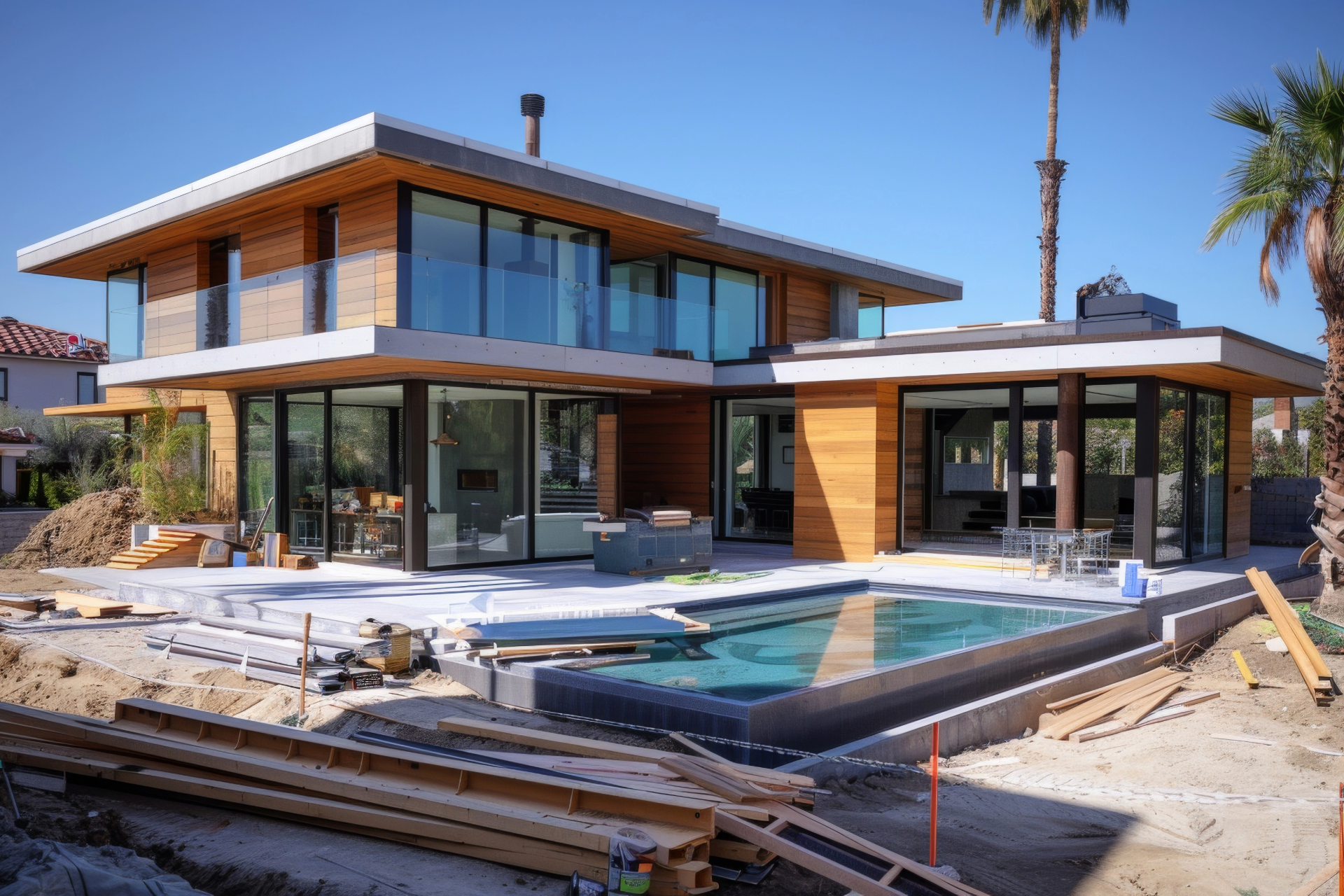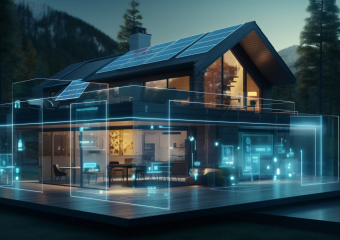Meet the Makers: 5 Innovative Builders Reshaping Communities in 2025
In 2025, the landscape of community development is undergoing a revolutionary transformation, thanks to the vision and ingenuity of a new wave of builders. These creators are not just constructing buildings; they are reshaping entire neighborhoods, redefining how we live, interact, and sustain our environment. Meet the makers behind this movement—five pioneering builders whose innovative approaches are setting new benchmarks in urban and rural development, sustainability, and community engagement.
Embracing Sustainability: GreenTech Builders’ Vision for Eco-Friendly Living
One of the most pressing challenges communities face today is environmental sustainability. GreenTech Builders have taken this challenge head-on by integrating cutting-edge green technologies into their construction processes. Their projects prioritize renewable energy sources, such as solar and wind, and utilize recycled and locally sourced materials to minimize carbon footprints.
In 2025, GreenTech Builders unveiled “EcoVillage,” a mixed-use development that combines residential, commercial, and recreational spaces within an entirely self-sustaining ecosystem. The village employs smart water conservation systems, waste-to-energy conversion, and organic community gardens, encouraging residents to live in harmony with nature. This approach proves that sustainable building isn’t just a trend — it’s a necessity for the future of community living.
Modular Marvels: UrbanFrame’s Revolution in Affordable Housing
Housing affordability remains a significant concern globally, but UrbanFrame is tackling this issue innovatively through modular construction techniques. By prefabricating building components in controlled environments, they can accelerate build times, reduce waste, and bring costs down significantly.
Their flagship project, “Bright Blocks,” launched in several metropolitan areas, is a series of modular apartments designed for young professionals and low-to-middle-income families. What makes UrbanFrame stand out is their ability to customize modules according to community needs, ensuring comfortable living without compromising quality. This approach not only addresses housing shortages swiftly but also fosters diverse, vibrant, and inclusive urban communities.
Tech-Integrated Communities: SmartHabitat’s Digital Approach to Living
As technology becomes deeply embedded in our everyday lives, SmartHabitat is pioneering communities that embrace the digital revolution. Their developments seamlessly integrate Internet of Things (IoT) devices, AI-powered management systems, and augmented reality (AR) interfaces to enhance resident convenience, security, and connectivity.
In 2025, SmartHabitat launched “ConnectCity,” a smart neighborhood where homes communicate with each other and the environment to optimize energy use, manage traffic, and ensure safety. From app-controlled climate systems to AI-driven community services, residents enjoy a futuristic lifestyle that remains deeply community-oriented. The success of SmartHabitat demonstrates how technological innovation can transform traditional neighborhoods into vibrant, responsive ecosystems.
Community-Centric Designs: Heartwood Builders’ Focus on Social Impact
At the core of community building lies human connection, and Heartwood Builders excel in creating spaces that emphasize social wellbeing. They adopt participatory design methods, involving future residents in every stage of the building process to ensure that developments truly reflect the needs and aspirations of the community.
Their latest project, “Harmony Hub,” is a co-housing initiative that promotes shared resources, communal spaces, and local enterprises. By encouraging collaboration and interaction among neighbors, Heartwood Builders foster a strong sense of belonging and support, which is proven to boost mental health and social cohesion. This community-centric model is becoming a blueprint for building not just homes, but lasting relationships.
Adaptive Reuse: RenewBuild’s Commitment to Preserving Heritage
In an era of rapid urbanization, preserving cultural heritage is often overlooked. RenewBuild is making waves with their commitment to adaptive reuse—transforming old, unused structures into vibrant, functional community spaces. This approach extends the life of buildings, reduces demolition waste, and keeps the historical spirit of neighborhoods alive.
Their recent transformation of an abandoned warehouse district into “The Revival Quarter” includes art studios, workshops, green spaces, and affordable housing options. RenewBuild’s projects serve as living examples of how respecting the past can enrich present-day communities, offering unique environments that celebrate history while meeting contemporary needs.
Conclusion: Shaping the Future of Communities Together
The builders shaping communities in 2025 are proving that innovation is multi-faceted—whether it’s through sustainability, affordability, technology, social impact, or preservation. These five creators exemplify how creative problem-solving and a deep commitment to better living can coalesce to form healthier, more resilient environments for people to thrive.
As cities and towns continue to grow and evolve, it is these pioneering builders who remind us that the future of community development lies not just in constructing buildings, but in building lives, relationships, and legacies. Their work invites us all to rethink what a community can be and challenges others in the industry to push beyond traditional boundaries towards a more inclusive and sustainable tomorrow.







